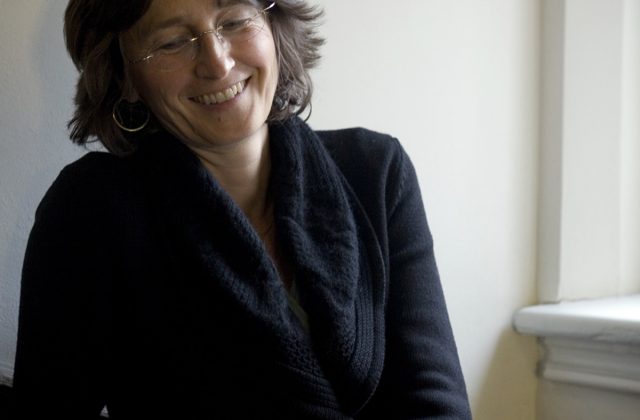Personalia
Karin Bijsterveld. Born in Achtkarspelen, The Netherlands, in 1961. Professor of Science, Technology and Modern Culture at Maastricht University.
Fellow (Feb – June 2017)
Hidden Ears: Wiretapping, Eavesdropping and Analyzing Sonic Information, 1960s-present
Research Question
What is the history of sonic research behind eavesdropping in state security and crime fighting in the former German Democratic Republic and the United States beyond the 1960s? How did such research affect the use of sonic skills in the sciences more widely, and what might its history say about the reach of auditory surveillance today?
Project Description
It is well-known that state security agencies and crime fighters used and still use sound recording and wiretapping for auditory surveillance. But one of the problems eavesdroppers struggled with was not knowing whom and what they were exactly listening to. Research into sound had to solve this. In the former GDR, for instance, the Stasi established an archive of recordings for the identification of speakers and sounds. In doing so, the Stasi drew on audio forensic research in the United States. Which sonic techniques of analysis did German and American experts employ? How did such research affect the use of sonic skills in the sciences more widely? And what may the problems encountered by past experts say about auditory surveillance today?
Selected Publications
(1) Supper, A. & Bijsterveld, K. (2015). Sounds Convincing: Listening Modes and Sonic Skills in Knowledge Making, Interdisciplinary Science Reviews, 40, 2, 124-143.
(2) Bijsterveld, K. (2008). Mechanical Sound: Technology, Culture, and Public Problems of Noise in the Twentieth Century. Cambridge, MA: The MIT Press.
(3) Bijsterveld, K. (2015). Ears-on Exhibitions: Sound in the History Museum. In Special Issue on Auditory History, edited by K. Bijsterveld, The Public Historian.
